Strawberry Flavor
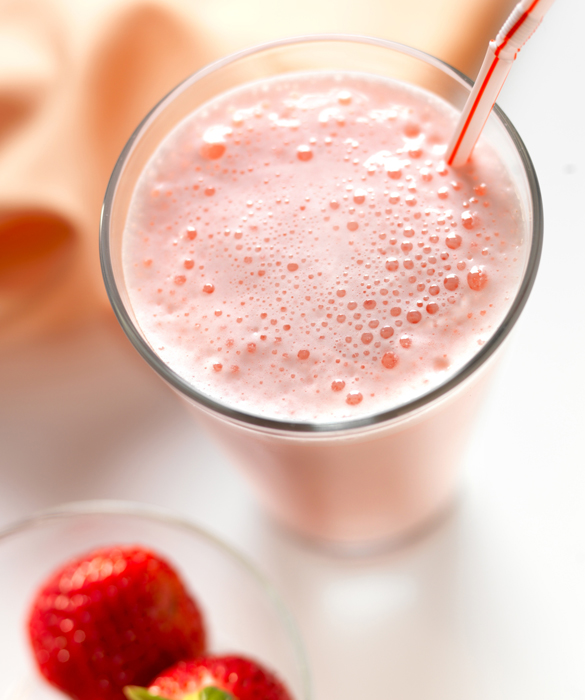
The fact: Fast-food restaurants use up to 50 different chemicals, according to Discovery, including ethyl acetate and phenethyl alcohol, to create the strawberry flavor you find in their milkshakes and ice cream.
The advice: Although strawberry milkshakes are kid-friendly favorites, think twice before letting your kids order one. Potential negative effects of chemicals impact children more so than adults, because they are smaller and still developing, says nutrition physician specialist Dr. Melina Jampolis, author of The Calendar Diet. She suggests "making your own homemade version with real strawberries and low-fat frozen yogurt to minimize the risk as much as possible,” and to serve the dessert sparingly.
Fast Food Burgers
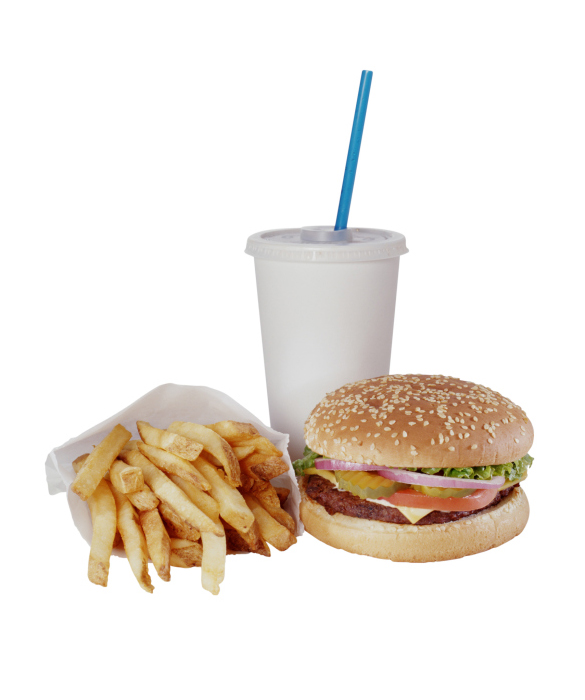
The fact: Hamburgers from fast food restaurants are made in large factories and take beef from multiple cattle and multiple areas of the country, which increases your risk of contamination and illness, according to Forbes.com.
The advice: Should we worry about feeding our kids cheeseburgers, or just let it go? "I think the occasional cheeseburger is OK in this instance," Jampolis says. “I don't think this is a major issue for the individual; it is more of a challenge for tracking illness,” she adds.
RELATED: Grill … Everything
Trans Fats
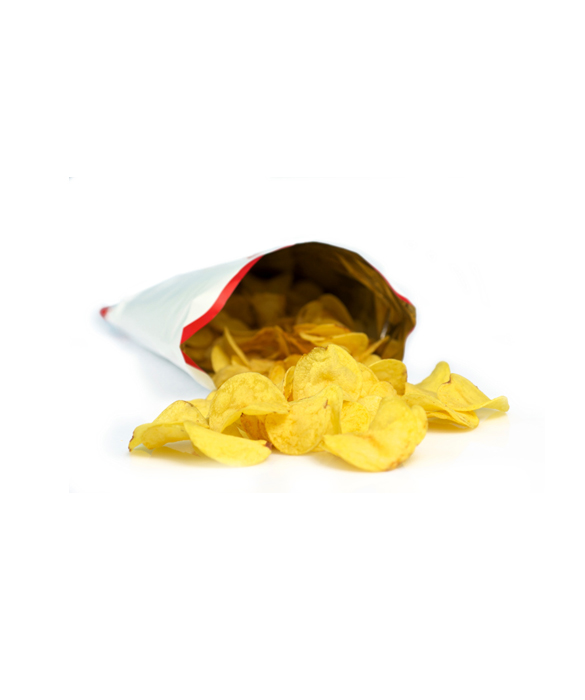
The fact: You’re probably eating trans fat, that bad-for-you, artery-clogging variety, without knowing it, according to Men’s Health—especially within the snack foods your kids love. If the serving size is small enough, the amount of trans fats may be rounded down to 0 grams on the nutrition label, but it will still add up.
The advice: Avoid falling for this loophole, because trans fat has no place in your kids’ diets. If the serving size is the size of a dime, and you’d eat 10, that’s a problem, says dietitian Bonnie Taub-Dix, author of Read It Before You Eat It. “Flip the package over and look for hydrogenated or partially hydrogenated oil, which means the item contains trans fat.”
Kids' Cereal
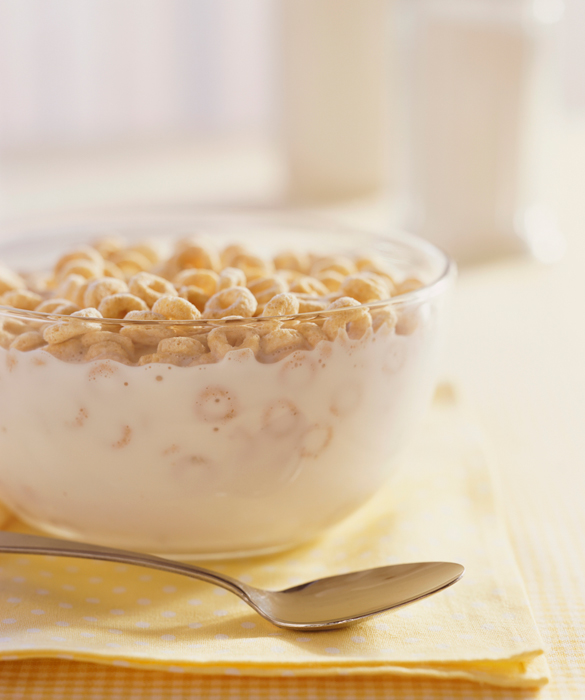
The fact: You might think a bowl of cereal is a harmless morning meal, but it packs a punch. Lots of kids’ cereals contain more sugar per serving than Twinkies and Chips Ahoy! cookies, according to Yahoo! Health.
The advice: If your child wants Lucky Charms and you want Cheerios, Taub-Dix says to strike a compromise. “My favorite tip is taking a cereal with low sugar and combining it with an equal part of the kid-requested cereal,” she says. In addition, remember to read the label. “You want a cereal with fiber and whole grains,” Taub-Dix says. “The whole grain should be the first ingredient, not sugar.”
Undisclosed Ingredients
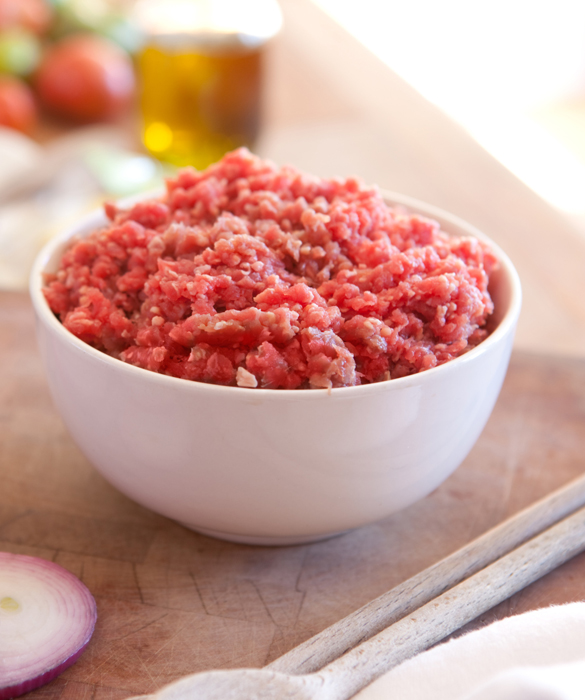
The fact: According to CNN, horsemeat was found in beef in the UK this year. Although not necessarily harmful, and common to eat in some areas, it shocked consumers because it wasn’t disclosed on the label.
The advice: Dr. Jampolis says it’s impossible to tell how often we’re eating ingredients that companies aren’t divulging. “The best thing that you can do is to minimize fast food and packaged food containing meat, as these are the foods that are most likely to be contaminated to cut costs without you noticing,” she says. Opt for preparing your own at home whenever you can.
Apple Juice
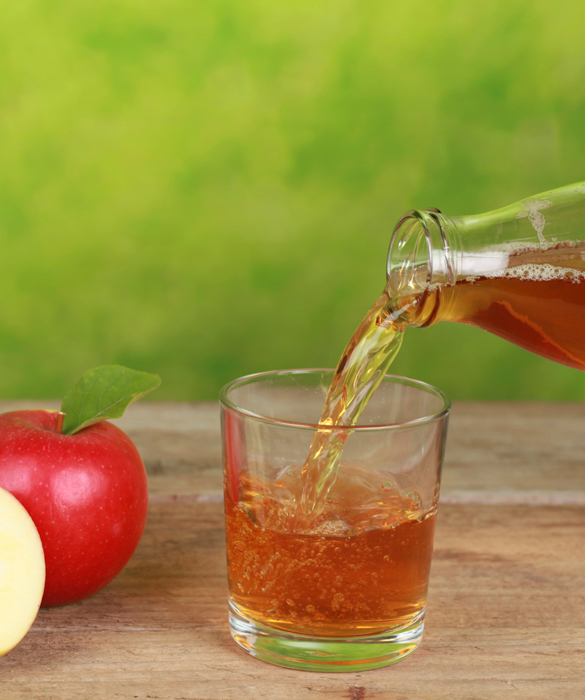
The fact: Dr. Mehmet Oz caused a stir when he warned parents that there are potentially dangerous amounts of arsenic in apple juice, according to the Los Angeles Times. The U.S. Food and Drug Administration, however, did not agree.
The advice: Jampolis says that although the FDA has guidelines for arsenic in bottled water, there is no guideline for juice. Couple that with the high calorie count and sugar concentration, and you should keep juice intake in check. “The American Academy of Pediatrics recommends that infants younger than 6 months shouldn’t drink juice, children up to 6 years old should consume no more than 4 to 6 ounces a day, and older children no more than 8 to 12 ounces a day,” Jampolis says. “Diluting juice with distilled or purified water can help meet those goals.”
Calories in Drinks
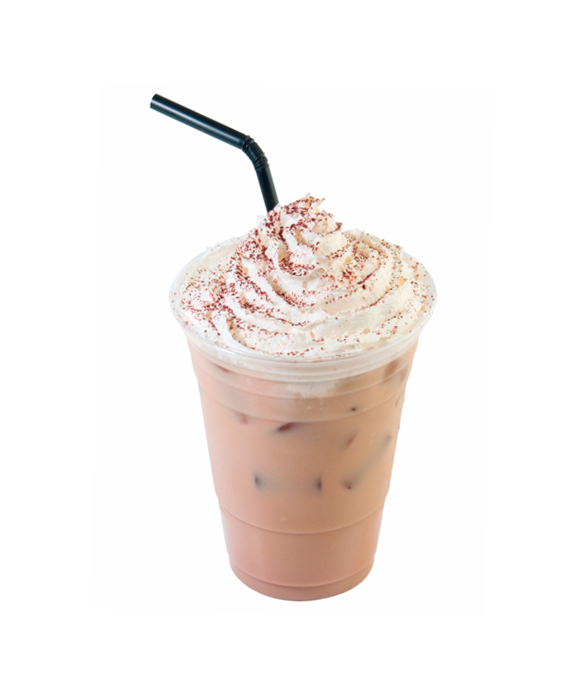
The fact: According to Men’s Health, we drink twice as many calories as we did 30 years ago. Blame huge frozen beverages like smoothies and Slurpees, Frappuccinos and sugar-loaded bottled drinks.
The advice: What should our kids be drinking? Taub-Dix recommends skipping the beverages with no benefits. “I am not a fan of sugary drinks with no value,” she says. “Choose calories with value, like 100 percent fruit juice that you can dilute with water. Flat or sparkling water is OK, but I also love adding fresh fruit like watermelon, peaches and apples to water. It’s looks pretty, it’s perfect for summer and kids can snack on the fruit after they drink.”
Contaminated Chicken

The fact: According to Men’s Health, a whopping 42 percent of grocery-store raw chicken is contaminated, upping your risk of food poisoning if your meat is not thoroughly prepared.
The advice: Food poisoning is especially problematic in small children, who may be at higher risk for more severe symptoms and complications. Jampolis recommends following the Centers for Disease Control and Prevention guidelines for food prep: Wash hands and surfaces before you prepare food, separate raw meats and poultry from other ingredients, make sure to cook all poultry to at least 165 degrees Fahrenheit and refrigerate immediately after you cook it or finish eating.
Dyes
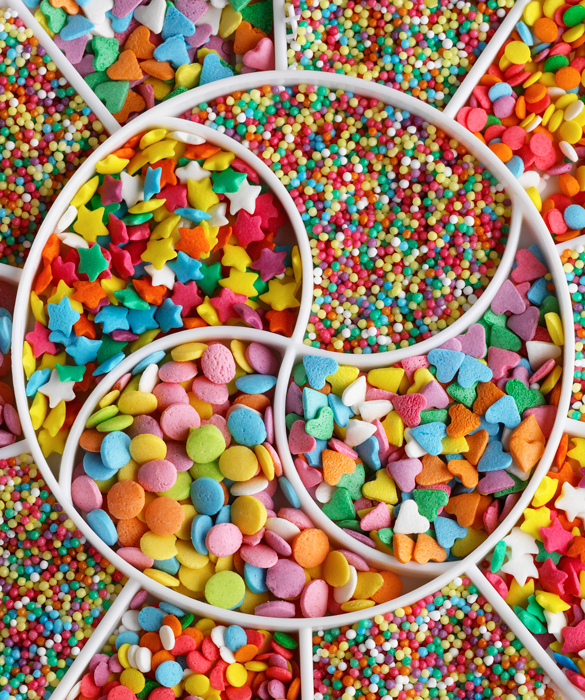
The fact: ADHD is the buzziest diagnosis around, and Men’s Health says there’s a shocking potential contributor. Common food dyes, such as Yellow Nos. 5 and 6 and Red No. 40 (found in candy like Skittles), have been shown to increase hyperactivity in kids.
The advice: If your kids are regular candy consumers, cut back. “Candy like this is far from a health food,” says Taub-Dix. “These foods should not be a staple; they should be a special treat. It’s not just about hyperactivity, but also about allergies. Some of these dyes have even been banned in cosmetics, but not yet in candy.”
MORE: 9 Cavity Culprits
rBST
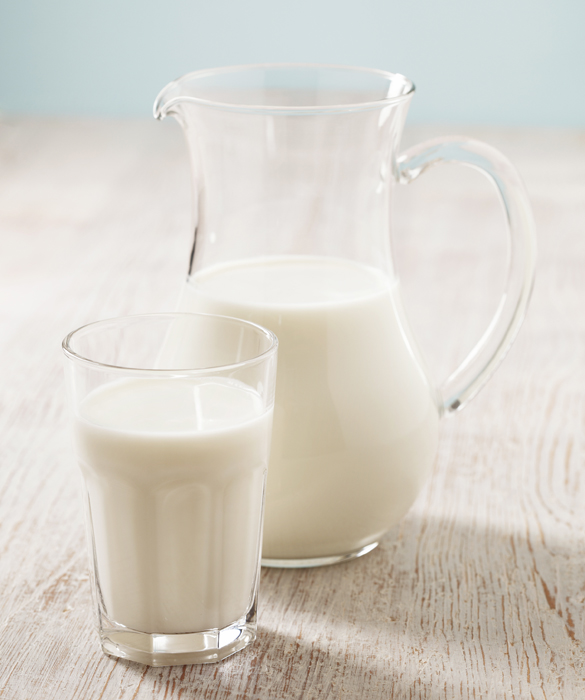
The fact: According to Men’s Health, cows are now given the hormone rBST to produce twice as much milk as they did 40 years ago. This hormone, however, may cause certain cancers.
The advice: Experts can’t agree on this one. Organizations like the FDA, World Health Organization and American Medical Association all insist that dairy products from rBST-treated cows are safe. However, countries including Canada and Australia have banned the substance—mainly because of animal welfare. “For me, as a mom and an M.D., if there is even a theoretical risk of cancer and I have a choice, I choose to give my 3-year-old son rBST-free milk,” says Jampolis. “But based on the currently available research, that choice is more the mom in me talking than the M.D.”




